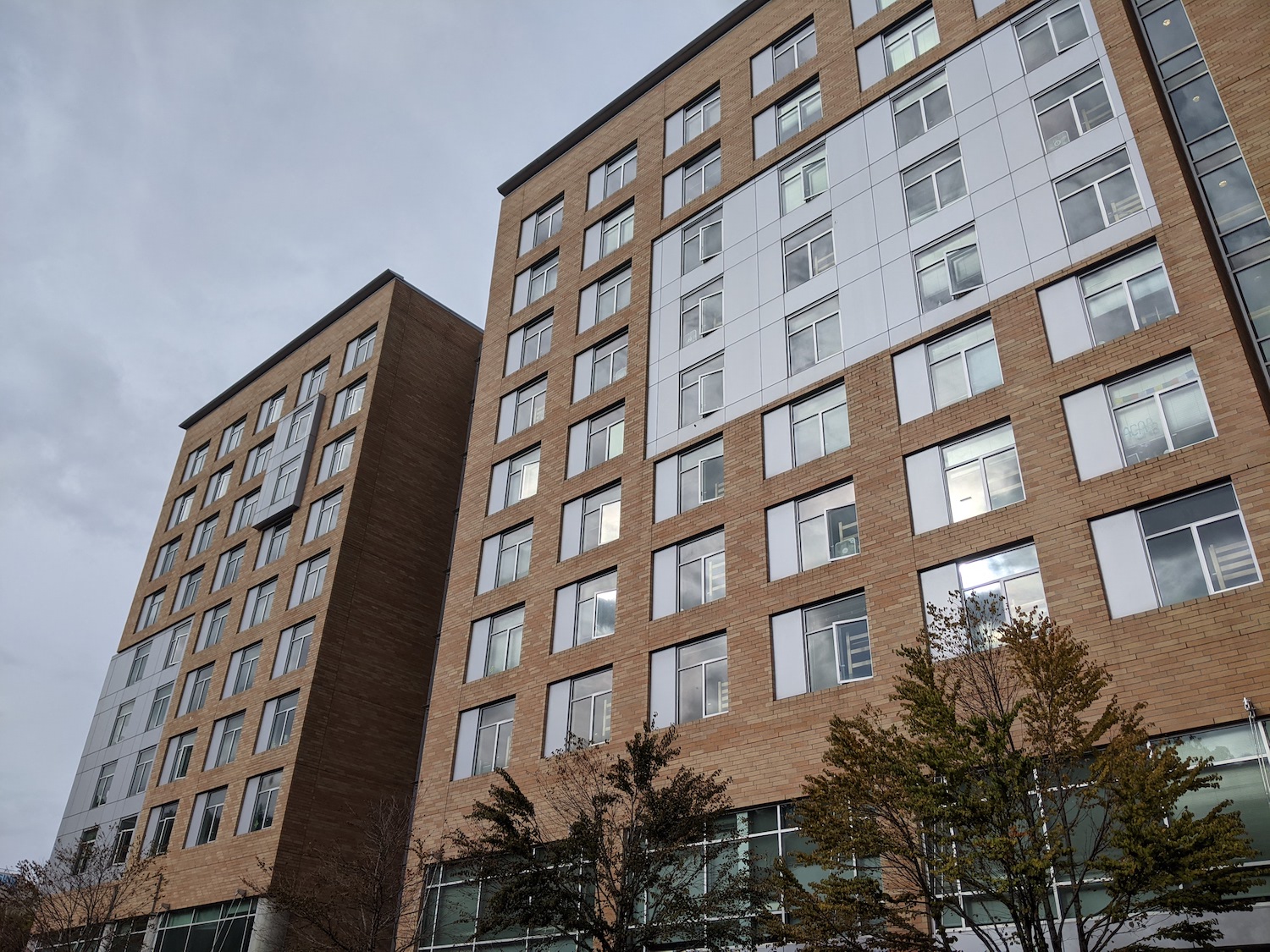Portland State announced a “mostly remote” fall term in an email to students on Thursday, July 7. While maintaining the moniker “Flexible Fall,” the urban university has moved to designating nearly all fall term courses as remote.
Meanwhile, University of Oregon (UO) will conduct in-person classes of less than 50 people, and Oregon State University (OSU) will maintain a more robust on-campus presence than PSU.
PSU’s shift to mostly online classes for the fall term was prompted by a variety of factors. One key factor was allowing students ample time to plan for a school year filled with uncertainties.
“There’s out-of-state students planning housing, students with jobs, we don’t know what [COVID-19] will look like in two months, but we want students to be able to plan,” said Associate Vice President for Communications Christopher Broderick.
As the statistics for COVID-19 in Oregon change daily, no one can predict how the state’s handling of the virus will look by September 28—the first day of classes for fall term.
The university wants to allow students the ability to plan their lives. This allows out-of-state students to decide to remain home, or to secure housing without having to scramble at the last minute.
PSU’s decision also offers students with jobs the ability to plan what they will need to do in terms of scheduling classes and childcare, among other tasks.
“There will still be more on campus this fall then there was last spring,” Broderick said. “There will be more students in housing, the rec center will be open, the library will be open.”
Starting August 10, students will be able to see how all courses will be offered.
Some will be remote synchronous, meaning that they will have scheduled times that students are expected to be present for lectures or discussions remotely. Another course option is remote asynchronous, meaning there will be no set meeting times and no extra online fees. Finally, students have the option to take standard online courses. These carry a $140 fee per 4 credit course.
There will also be a very limited number of in-person classes happening on campus.
At UO and OSU, the story is different. UO plans to hold in-person classes as long as they are under 50 people. Classes with more than 50 people will be offered remotely or in a hybrid form.
If things change, there are plans in place to move instruction online. “We will continue to put student, faculty, and staff health and safety at the forefront,” UO’s return to campus website states.
At OSU, plans are more vague, but it is clear the university intends to hold more in-person instruction than PSU, according to their reopening website.
One aspect of these colleges’ reopening plans is that they are in more rural counties with fewer cases. According to The New York Times, Lane County, OR, home of UO, had 68 cases in the last seven days. Benton, OR, home of OSU, had only 13.
Conversely, Multnomah County had 393. This stark difference creates very different realities for Oregon’s largest state universities.
Students at PSU have had mixed reactions to the new plan for fall term. “They’re confused about what is happening during the fall,” said Victor Chavez-Gonzales, vice president of ASPSU.
The university has been sending out emails, but confusion still persists. On Tuesday, August 11, there will be a webinar for students to voice their concerns and ask questions. Students can register for the webinar at pdx.edu/flexible-fall-psu.
When asked how the fall term will play out for students returning to school this fall, Chavez-Gonzalez emphasized there will be a lot of challenges involved. When it comes to navigating the upcoming school year, he emphasized the importance of a sense of resilience from all members of the campus community.
He also stressed almost all student services remain open, even if they have to operate remotely. “PSU is trying to at least have services available for students that would be there if they were on campus,” Chavez-Gonzalez said. “I work in the Culture Resource Center, and the resources they’re offering are still there.”
Chavez-Gonzalez also expressed some students felt the university was indecisive in planning for the new school year. Broderick characterized the decisions made by the university as “doing the best with the information we had at the time in a quickly changing situation.”
When asked what PSU administration’s decision-making process for fall term might look like, Broderick emphasized uncertainty. “That’s a crystal ball question, it’s too soon to tell,” he said.






